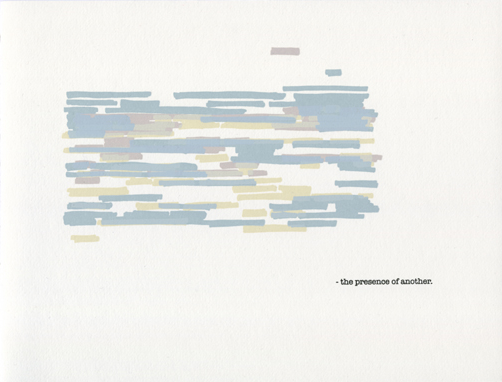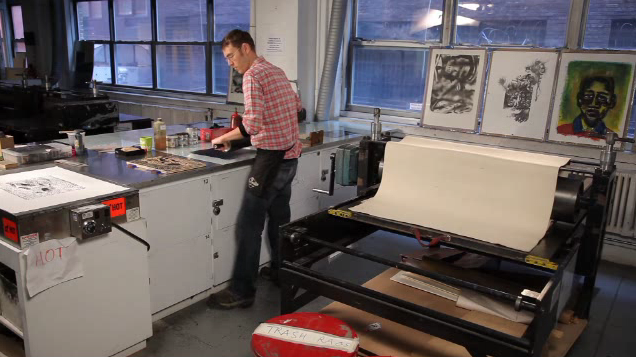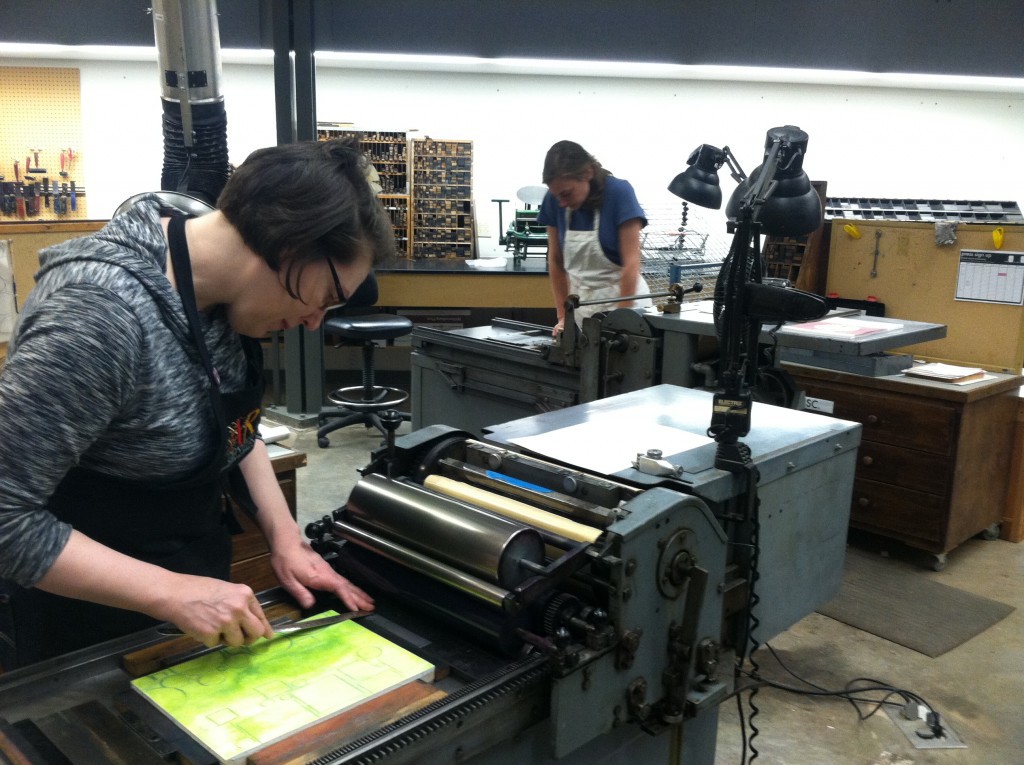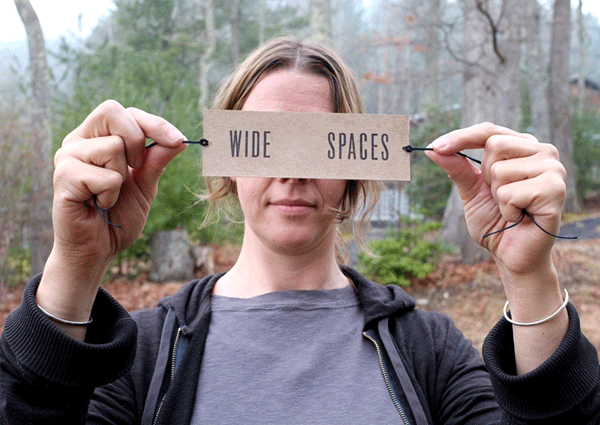“Printmaking in and of itself is a very simple idea,” says Phil Sanders. “It’s the transfer of one image from one surface to another.” But this simple definition belies the true complexity and range of options available to the skilled printmaker—layers of ink and paper, levels of opacity, a myriad of textures and techniques. And if one thing is for sure, it’s that Phil Sanders is a skilled printmaker. Lucky for us, he’ll be coming to Penland this fall to teach an 8-week concentration on the ins and outs of his trade, including etching, aquatint, drypoint, and more. The course, as he says, “is a rare occasion to get an intaglio apprenticeship-style immersion.”
Space is still open in this print concentration, and some work-study scholarships are still available. Register here.
Printers in the Making
Phil Sanders – As a printer and a printmaker, I understand the difficulty of switching between “printer brain” and “artist brain.” The pull between “how to do” and “what to do” can leave you lost in the middle. Consider this class a technical apprenticeship combined with the creative space to experiment with your artistic voice. We’ll demystify all intaglio processes plus monotype, monoprint, and chine-collé. We’ll make ink, grounds, and drawing supplies, review tool maintenance, paper conservation, and more. We’ll tackle drawing, composition, design, and color theory through drawing calisthenics and composition exercises. This workshop is ideal for artists looking to hone their printmaking skills and artistic voice or working toward becoming professional printers. All levels. Code F00X
Phil Sanders is the director of PS Marlowe, a creative services consultancy firm. He is a former director and master printer at the Robert Blackburn Printmaking Workshop (NYC) and a former master printer for Universal Limited Art Editions (NY). Phil’s teaching experience includes Stanford University (CA), San Francisco State University (CA), and numerous courses at Penland.


In a 10-Minute Talk created for MoMA, Phil emphasizes that printmaking is a very old and diverse field—humans have been making prints ever since the first footprint in the sand. “One of the major reasons that printmaking has survived and continues to thrive is its collaborative nature. Printmaking is never done wholly within in a vacuum. It’s a cumulative knowledge process that we add to as participants in it.” If you want to be part of that rich history, eight weeks of instruction and experimentation with a master printer might just be your chance.
REGISTER NOW FOR FALL CONCENTRATIONS
September 20 – November 13, 2015
As for the rest of us, we can at least get a taste by watching Phil in this short video on intaglio processes!





